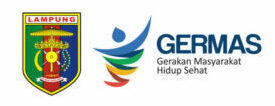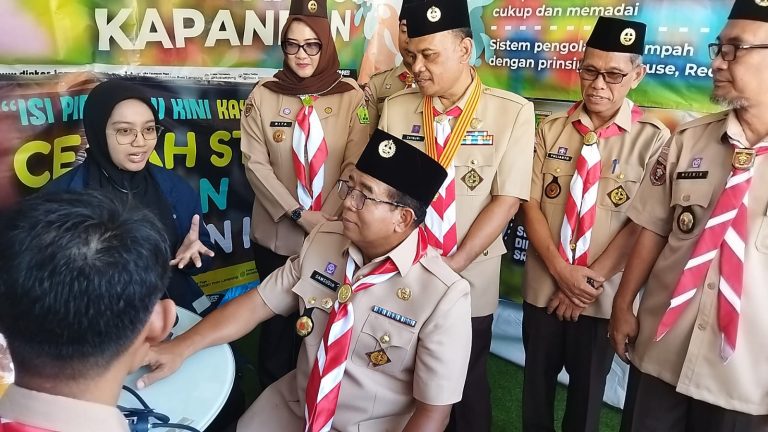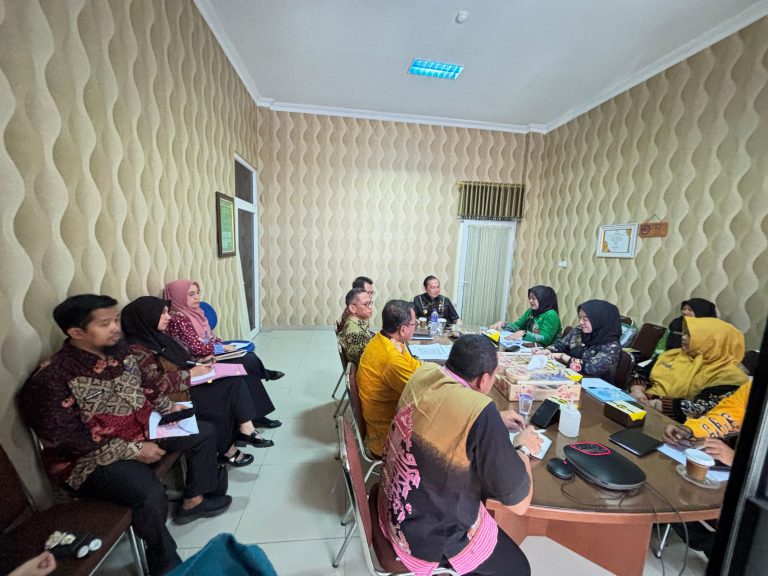Frequently Asked Questions
Frequently asked questions
Health is everyone's basic right, and all citizens have the right to receive health services. The 1945 Constitution mandates that health insurance for the community, especially the poor and underprivileged, is the responsibility of the central and regional governments. In the 1945 Constitution, Article 34 paragraph 2 states that the state is developing a Social Security System for all Indonesian people. The government implemented the 1945 Constitution by issuing Law No. 40 of 2004 concerning the National Social Security System (SJSN) to provide comprehensive social security for everyone in order to fulfill the basic needs of a decent life towards the realization of a prosperous, just and prosperous Indonesian society. In Law No. 36 of 2009 concerning Health, it is also emphasized that everyone has the same rights in gaining access to resources in the health sector and obtaining safe, quality and affordable health services. In accordance with Law No. 40 of 2004, SJSN is implemented with a Social Insurance mechanism where each participant is required to pay contributions to provide protection against socio-economic risks that befall participants and/or their family members. In SJSN, there is National Health Insurance (JKN) which is a form of government commitment to implementing health insurance for the entire Indonesian people. Before JKN, the government had attempted to pioneer several forms of social security in the health sector, including Social Health Insurance for civil servants (PNS), pension recipients and veterans, Jamsostek Health Care Insurance (JPK) for state-owned and private employees, and Health Insurance for the TNI and the National Police. For the poor and underprivileged, since 2005 the Ministry of Health has implemented a social health insurance program, which was initially known as the Health Care Guarantee program for the Poor (JPKMM), or more popularly known as the Askeskin program (Health Insurance for the Poor). Then from 2008 to 2013, this program changed its name to the Community Health Insurance program (Jamkesmas). Along with the start of JKN as of January 1 2014, all health insurance programs that have been implemented by the government (Askes PNS, JPK Jamsostek, TNI, Polri, and Jamkesmas), were integrated into one Health Social Security Administering Body (BPJS Health). Similar to the Jamkesmas program, the government is responsible for paying JKN contributions for the poor and underprivileged people who are registered as Contribution Assistance Recipient (PBI) participants.
Calon peserta dapat mendaftarkan diri dan keluarganya melalui beberapa cara, yakni: 1. Melalui Kantor BPJS Kesehatan 2. Melalui web www.bpjs-kesehatan.go.id DIP elektronik Melalui pihak ketiga -> channel Bank (Bank Mandiri, Bank BNI dan Bank BRI), PT POS, dll Adapun berbagai dokumen yang harus dipersiapkan sebelum melakukan pendaftaran adalah : 1. Kartu Tanda Penduduk (KTP) 2. Kartu Keluarga (KK) 3. Kartu NPWP 4. Foto Ukuran 3×4
The JKN patient service procedure is that participants must seek treatment at a First Level Health Facility (FKTP), be it a Community Health Center, Private Clinic, Practicing Doctor, TNI/POLRI Clinic in collaboration with BPJS Health and according to the place where the participant is registered. If the illness suffered cannot be resolved at FKTP, the patient is given a referral to undergo an examination at an Advanced Health Facility, namely a hospital in collaboration with BPJS Health. Participants must obtain health services at the FKTP where the participant is registered, unless they are outside the FKTP area where the participant is registered or in a medical emergency. Only patients in emergency conditions can be served directly at Advanced Health Facilities.
In the Minister of Health Regulation N. 71 of 2013 concerning Health Services under National Health Insurance, article 29 explains the Ambulance Service. In this article it is explained that the Ambulance Service is a referral patient transportation service with certain conditions to maintain the stability of the patient's condition and is only guaranteed if the referral is made to a health facility that collaborates with BPJS. Provisions regarding the requirements and procedures for providing ambulance services can be seen in more detail in BPJS Health Regulation no. 1 of 2014 concerning the Implementation of Health Insurance.






